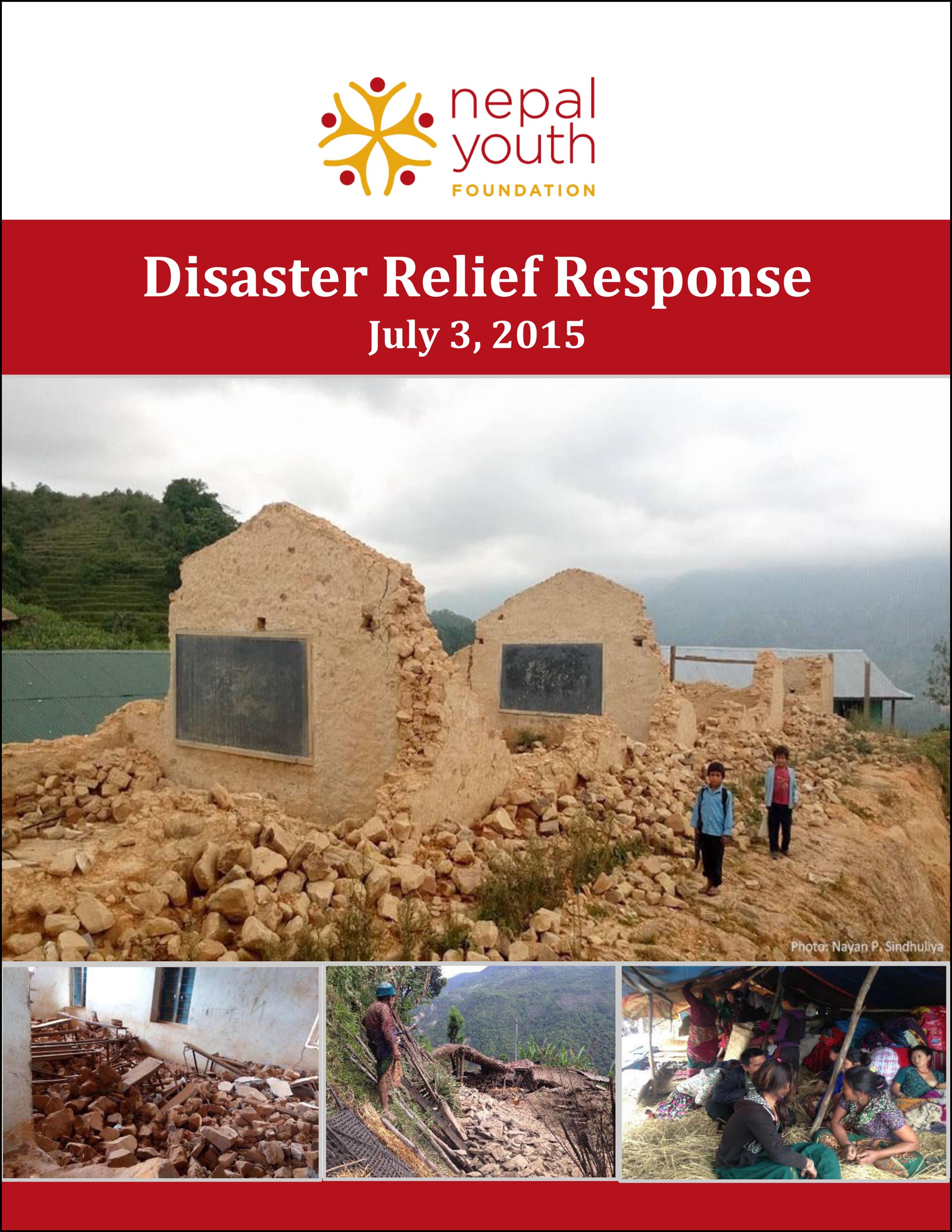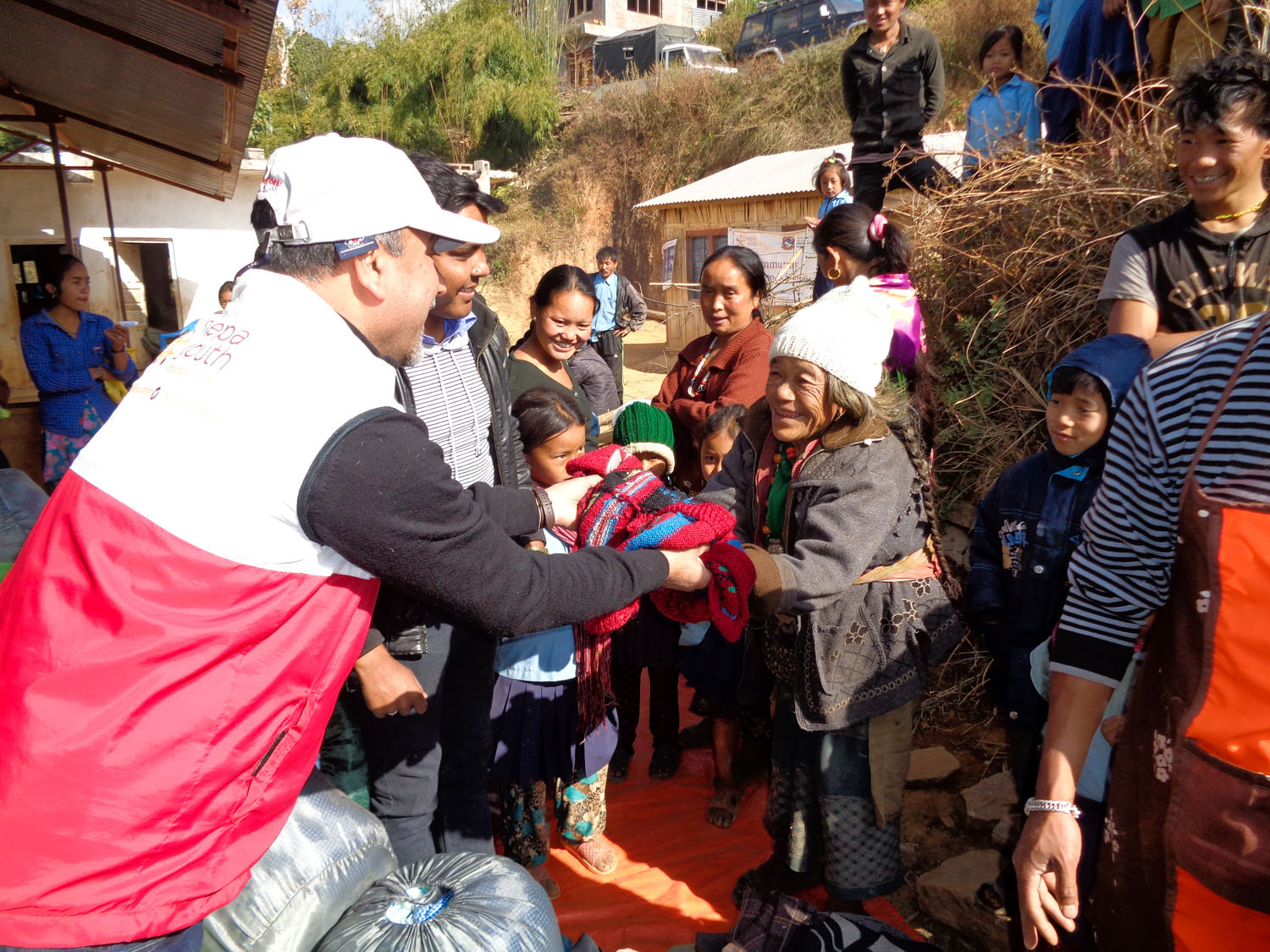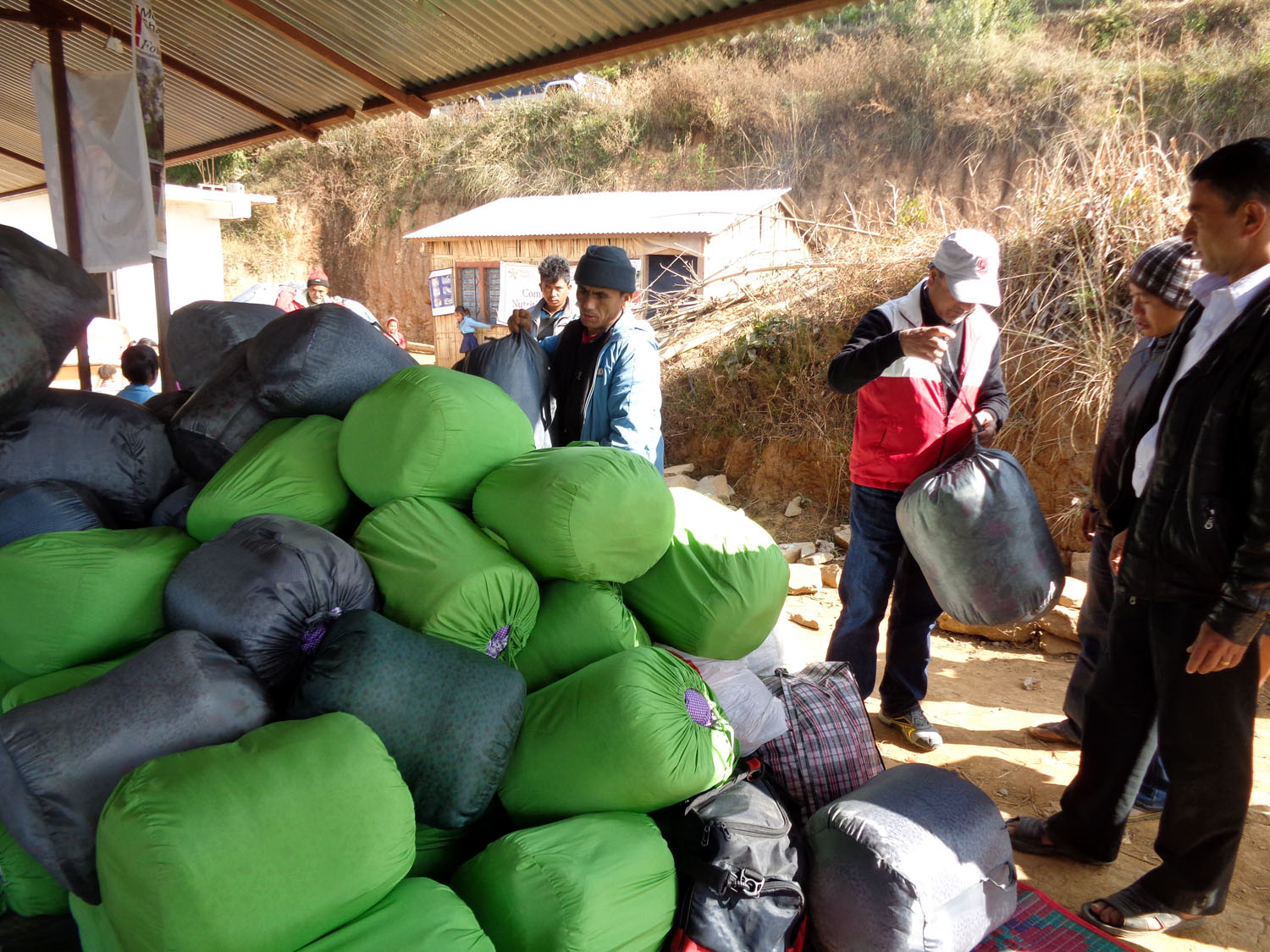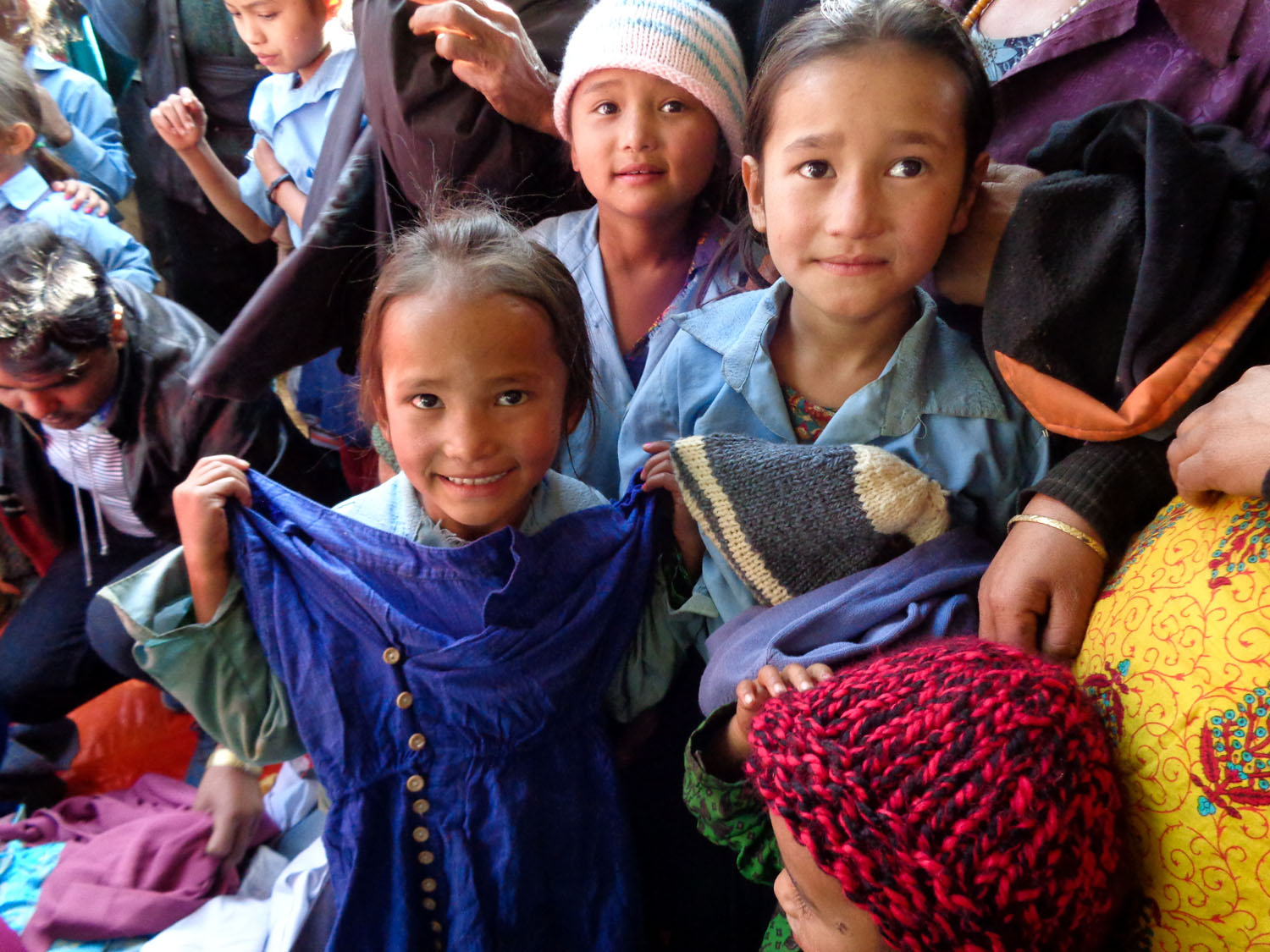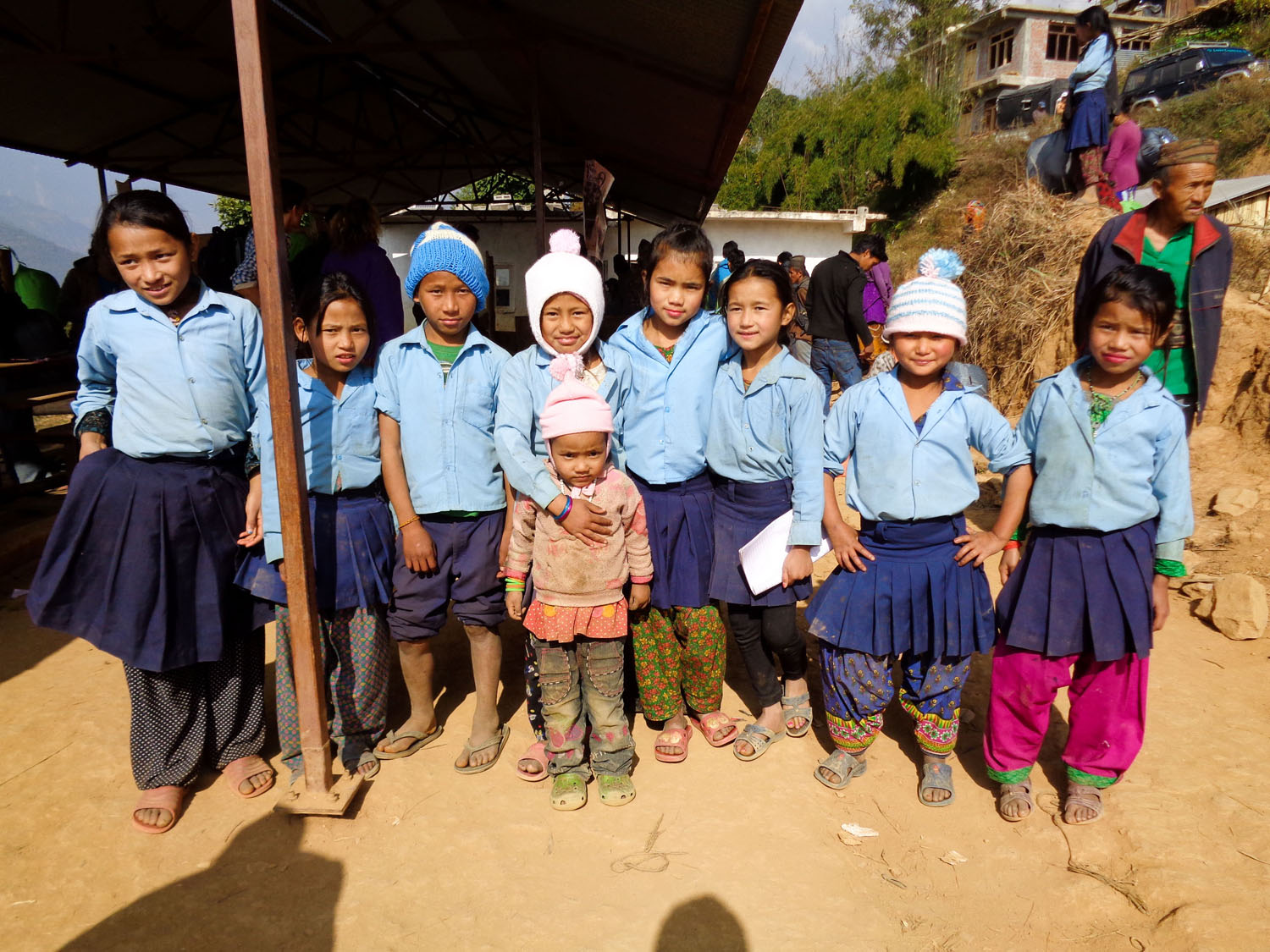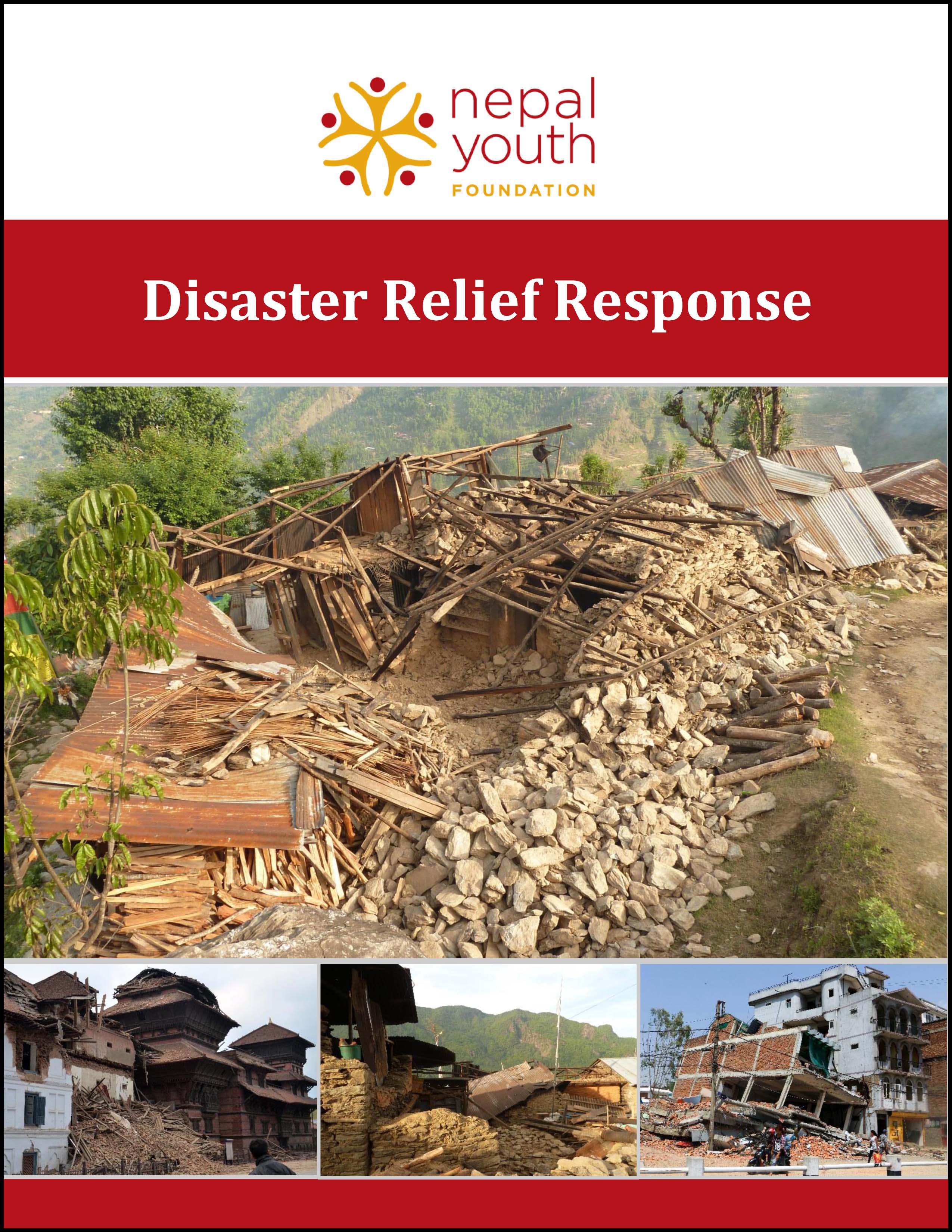Author: Sanjoj Maharjan
Two freed child slaves earn college degrees
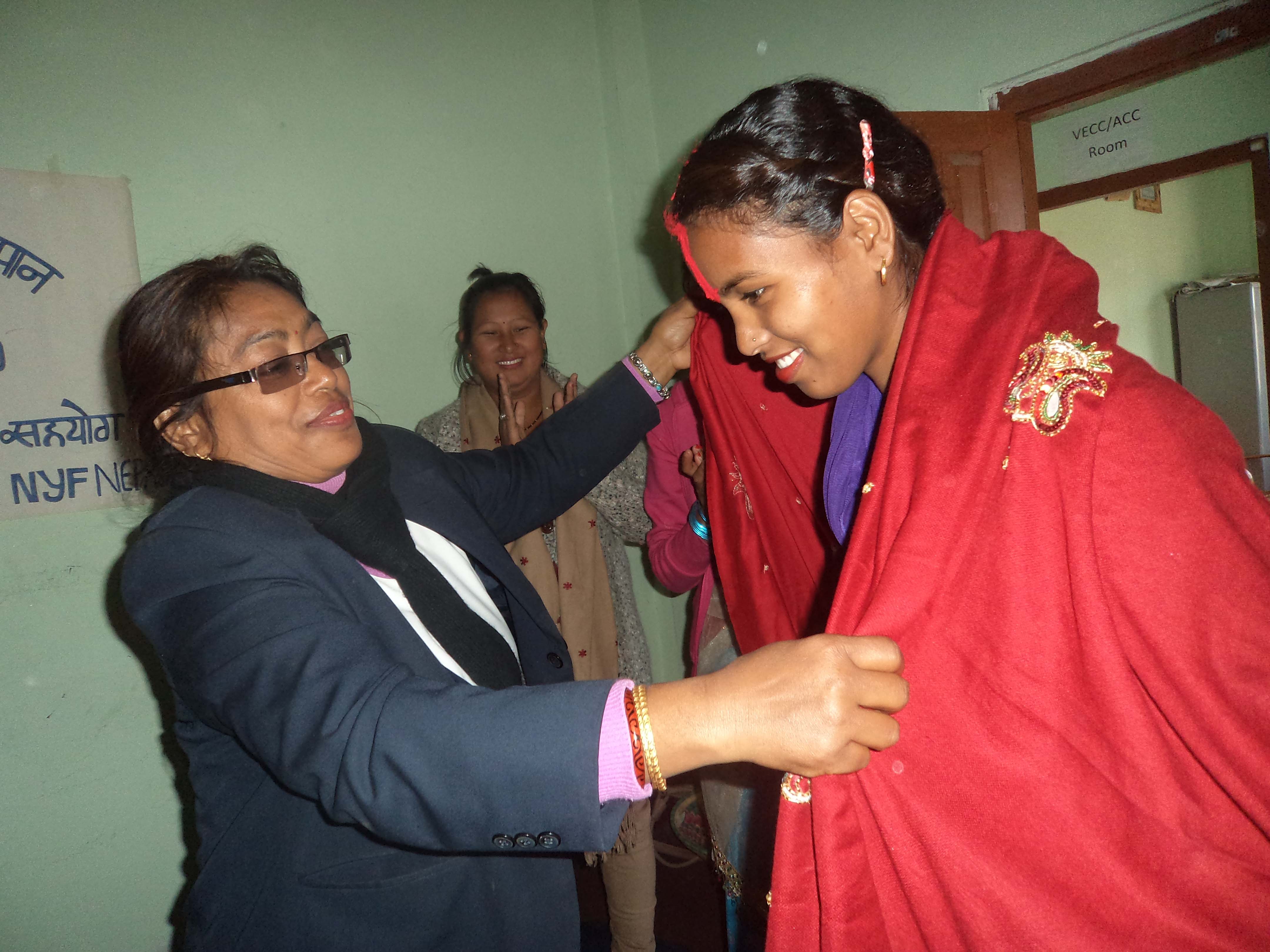
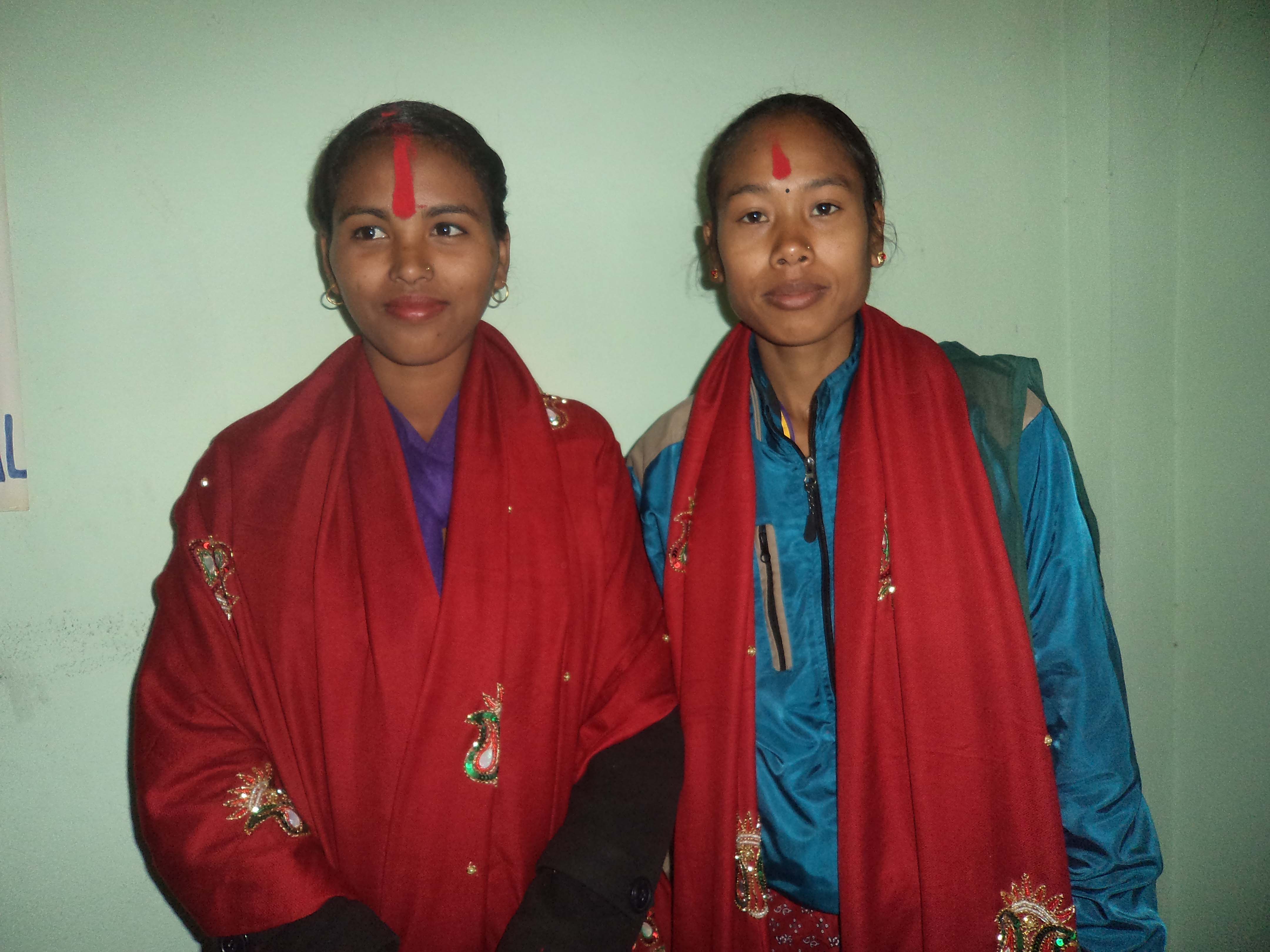
Two young women who spent their childhoods as indentured servants have earned college degrees – the first freed Kamlari to graduate from college.
Saraswoti Chaudhary and Basanti Chaudhary were honored for their achievements by the Freed Kamlari Development Forum (FKDF) at a ceremony in the Dang District of Western Nepal in January. Saraswoti was awarded a bachelor’s of English and Basanti studied electrical engineering.
NYF rescued the young women 15 years ago and helped them get the education denied them by the dehumanizing practice of childhood slavery known as Kamlari.
More than 12,000 girls were indentured as household slaves before NYF launched a campaign in 2000 to end the practice, formally abolished by the government in 2013.
As a Kamlari for six years, Saraswoti fantasized about getting an education. “I was compelled to wash dishes and clothes throughout the day whereas kids of my age went to school,” she said.
Her father, who was also a bonded laborer, died when Saraswoti was seven and she was sold into indentured servitude.
NYF rescued Saraswoti in 2002 and she went back to school. Her family pressured her to marry when she was in 12th grade, but she didn’t let that get in the way of her education. “I continued my studies even after marriage,” she said.
Her goal is to earn a master’s degree and work to improve the lives of other Kamlari.
NYF rescued Basanti in 2001 and the young women returned to school, excelling in electrical engineering. She married and plans to continue her education.
These two young women have proven that freed Kamlari can change their lives, said Bimala Chaudhary, who is local chairwoman of the FKDF.
More than 5,000 girls are currently receiving support in school, junior college, vocational training or working towards a bachelor’s degree through NYF’s Empowering Freed Kamlari program, which helps former Kamlari become healthy, productive and independent young women.
Read about our Empowering Freed Kamlari Program
Santa Visits NYF Children
It’s been such a challenging year in Nepal – but nothing keeps Santa from visiting the children of J & K Houses! Wishing Peace on Earth, for Nepal and all the world.




Watch NYF Founder Olga Murray at TEDx Vienna
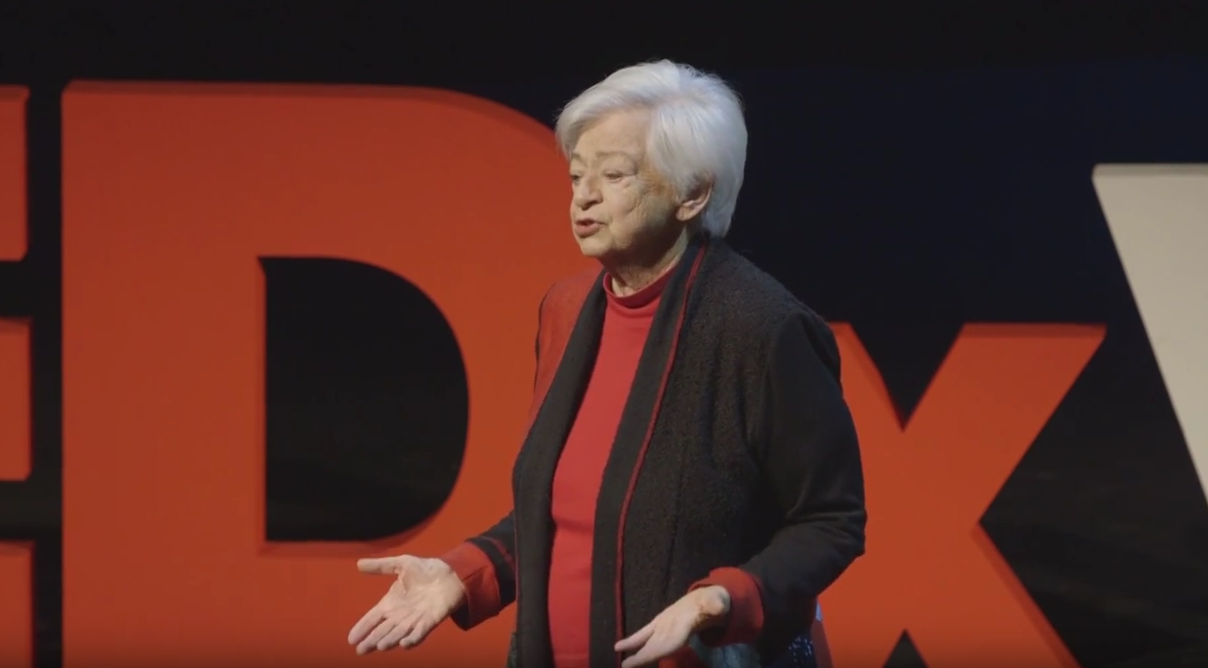
on “Living a joyful and vibrant life at any age”
Life out of the Cage
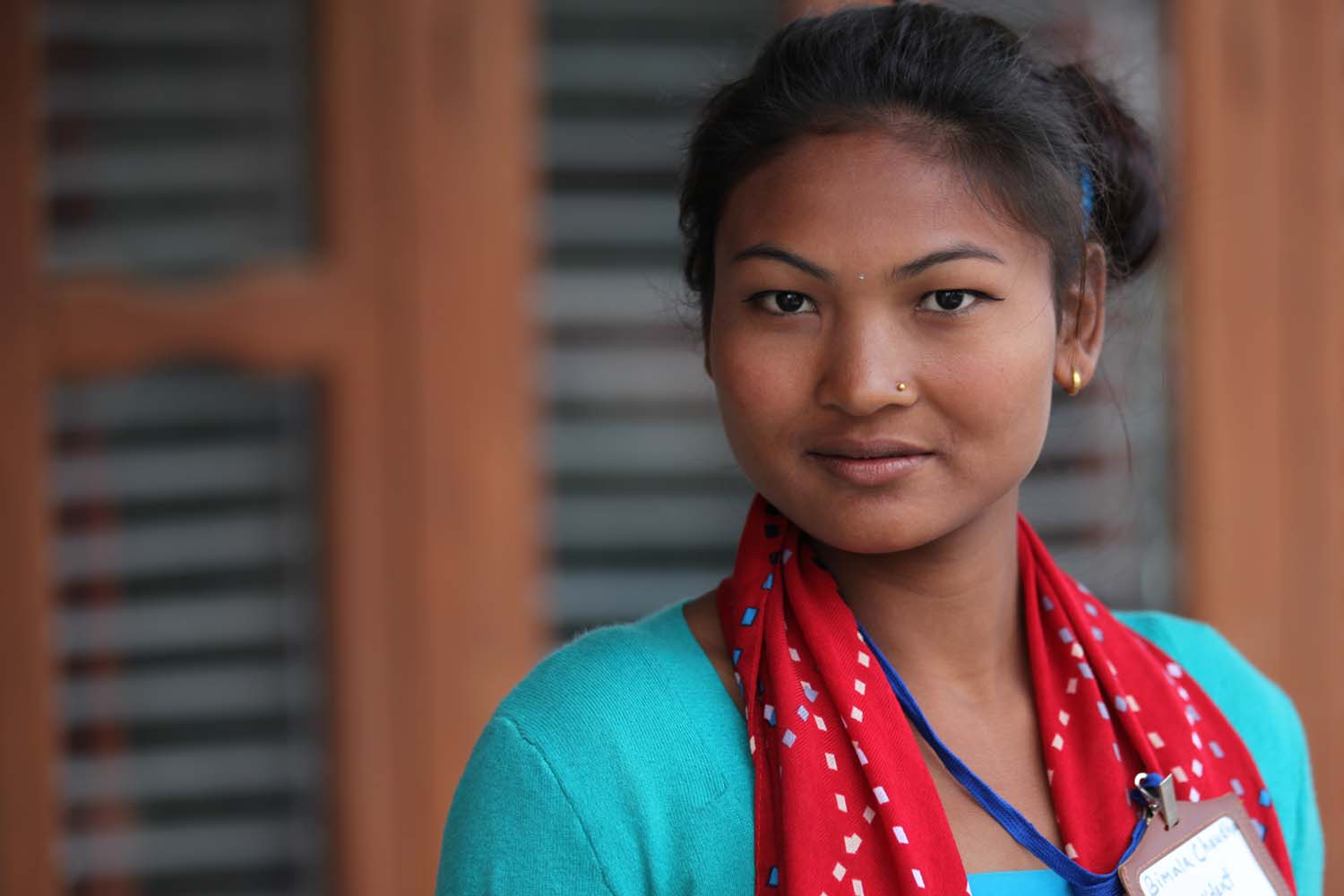

Her family had no land of their own. She had no choice but become a Kamalari because her parents were bonded slaves themselves. Born in Hapur – 2 Basantapur VDC of Dang district in western Nepal, Bimala Chaudhary spent her entire childhood in slavery. She had to leave her parents at the tender age of 10 and move to another landlord’s house to work on her own. Having lived as a Kamalari for three years in Kathmandu and another three years in the city of Butwal, she was eventually rescued and freed by Nepal Youth Foundation in 2009.
After her rescue, she was directly admitted to grade nine in school. So much was her desire to study that even during her time in Slavery, she had pleaded with the landlord to admit her in school. She was not allowed to attend school, except during the exams, during which her parents substituted for her absence at her owner’s house. But her schooling was cut short when her owners moved to Butwal and her parents could not afford to make frequent travels to free her up for the exams. Even her 40 dollars yearly salary was denied to her at Butwal. She was given scrapes to eat and rags to sleep on. She wasn’t even treated as a human being.
After her freedom, she worked hard in school. She also inculcated a desire to become a civil leader at school. She used to represent her class in her school and fellow Kamalaris during their protests and civil movements. Recognizing her potential, the Freed Kamalari Development Forum nominated her as their Central President in 2013. 20 year old Bimala is now leading over 12,000 freed Kamalaris across the districts of Dang, Banke, Bardiya, Kailali and Kanchanpur in the western Tarai. This is undoubtedly a big challenge for a young girl, but Bimala has shouldered the responsibility with remarkable ease and courage.
She says that she sees her current life as an opportunity for a second start. “I would have never had this opportunity to fight on behalf of the entire community of freed Kamalries had I not been rescued into this life of freedom,” she says, and adds, “I used to feel that I was living inside a cage. But my life has changed beyond my imagination.” She now commands respect in the society. Her parents are amazed at her success, but express sorrow at having had to let her become a Kamalari as a child.
Her older brother Pradeep had also worked in bonded labor as a Kamaiya. Her younger Chirbahadur is studying at Grade 12 at the moment. Her young brother was one grade behind her when they were living in the village. But as a result of her stay as a Kamalari, she is now behind her brother in school. When her father was a Kamaiya, their owner had allowed them to live in a small house on his land. But later they were forced out of the house when the Kamaiya System of bonded labor was abolished, and they had to then take refuge at the homes of other people. Eventually, they were able to save enough money to afford a small piece of land of their own.
Her father and brother are now working aboard and have made enough money to buy some more land in the village. Now they are able to afford to lease more land for farming too. Earlier, you had to send your daughter to become a Kamalari to secure a lease,” she reminisces, adding, “The times have changed. The compulsive environments that force people into slavery have begun to disappear.”
Warmer in Nepal, Earthquake Support Brings Joy to People in Nepal
In December, NYF staff made winter a little warmer for some earthquake survivors in Sindhupalchowk with a big delivery of blankets and warm clothes. The knit caps were very popular with the children. Please continue to keep Nepal in your hearts.
Nepal situation update
Dear Friends and Donors of NYF around the world,
This is to give you an update on what’s happening in Nepal, how it is affecting our lives and also to alert you if you are planning on visiting Nepal in near future, including, to attend the inauguration of OLGAPURI Village in April 2016.
1. New Constitution: After eight years of effort, Nepal got a new constitution on Sunday, September 20. The constitution was voted for by 90% of the members of the constituent assembly. It has divided Nepal into seven federal states declaring Nepal as “Federal Republic of Nepal”. There are spaces for improvement in the new constitution, but in overall, this is very good constitution. A large majority of Nepalese people welcomed it, so did the countries around the world, except for India.
2. Indian displeasure and unofficial border blockade: India made repeated request to delay the promulgation of the new constitution, stating the need for Nepal to hold discussions with political groups opposing the constitution (the madhesi parties who share ethnicities with people in India) and make amendments in the constitution to address their demands. India even made seven point recommendations. Political leaders as well as general Nepalese populace reacted to this as an unacceptable interference in the internal affairs of a sovereign country. Therefore, Nepalese constituent assembly went ahead with the promulgation ignoring Indian ‘advice’. The dissenting Madhesi parties were already launching protest in the southern region, and immediately from the next day of the promulgation of the constitution, India too imposed unofficial border blockade, stating security reasons. It has stopped vehicles carrying fuel (petrol, diesel, cooking gas, kerosene, etc), food and vegetables, construction materials, medicines and hospital supplies, raw materials for industries, and so on, from entering Nepal. Since this border blockade was such an unexpected and abrupt act, nobody, including the government, had maintained stock of supplies including essential fuels. In less than a week, the entire life has crippled throughout the country. Only less than 10% vehicles are on the street, the government is giving only 10 liters of petrol to per vehicle per week and even with rationing in such a micro level, they have fuel enough only for 9 more days. The government has ordered to run vehicles on alternate days, those with odd numbers on one day and with even numbers on the other day . Cooking gas is in severely short supply. Food price has soared up. People cannot commute to work, half of the schools in big cities are already closed.
3. Effect on our operations and measures taken: None of our vehicles or motorcycles are running as we have run out of fuel. We bought 15 bicycles for the essential movements of staff at different projects inside the Kathmandu valley. We held an emergency meeting of managers on September 28 and came up with following emergency plans until the current crisis persists:
- Gradually shut down NRH and New Life Center by sending home ‘out of risk’ babies and their mothers.
- Gradually suspend the ongoing earthquake relief activities such as community kitchen, Skills for Reconstruction training and school rebuilding. It is very sad to do this, especially as people are living in dire conditions, and with winter coming, families need warmer homes and school kids need warmer classrooms, which is what we were working on achieving.
- Scale down the size of the transit home operation (for earthquake survivor children) in Gorkha and Kavre by sending the kids to families or relatives as far as possible. Since there are quite a few kids who have no place to go back, we will continue running the transit homes for the remaining few.
- We had mobilized a dozen staff in Rebuild Projects from Western Nepal (Freed Kamlaris Programs) who had been unable to work due to strike in the region since last 45 days. We have now pulled them back and sent them home.
- We are taking the same measures to send home NYF students in colleges or vocational training schools throughout the country. As we have been maintaining food and cooking gas stock at J and K House enough for two months, (we have been doing it mandatorily since several years), we are fairly safe for J and K houses for the moment. Youth hostel kids will be brought to J and K House when the youth hostel gets closed due to shortage of supplies, which may happen in a couple of days. We have purchased firewood stove for all the places where we run kitchens. There is plenty of firewood at Olga’s compound, we will use them as the last resort.
- The OLGAPURI construction is already slowing down. The Vocational Building construction work is severely affected due to shortage of steel and cement required for RCC works.
- We have given staff the choice to work from home if they cannot commute to office. Since Dashain festival is starting in two weeks, we are encouraging staff to take early leave and go home if possible, before it gets too late to find bus tickets to travel. Life is less stressful in villages because of the nature of subsistence living.
Let’s hope the current crisis is resolved at the earliest, but it is always good to be well prepared for the worst.
NYF Disaster Relief Response update as of September 2015
(Click on the picture to view the PDF file)
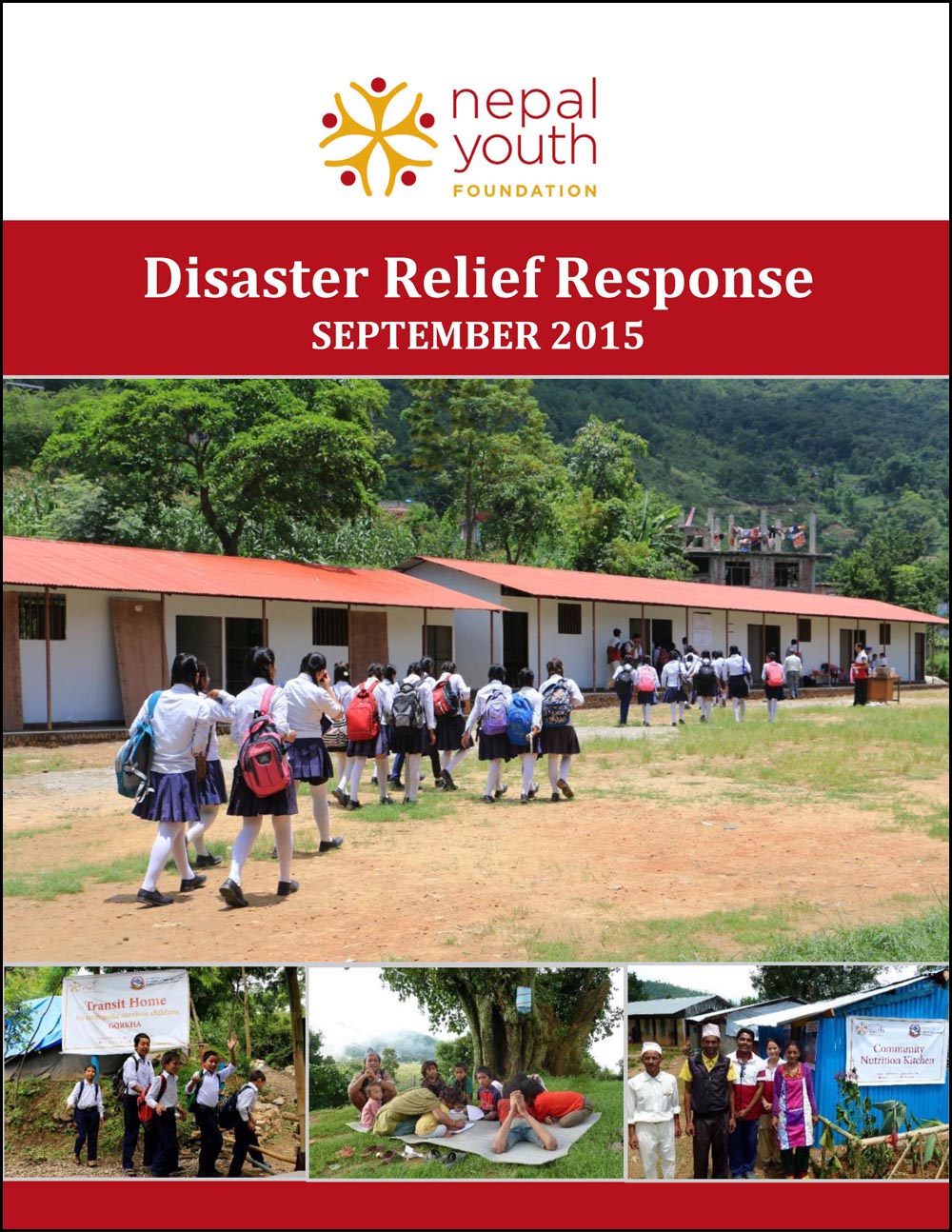
NYF Disaster Relief Response update as of July 3, 2015
(Click on the picture to view the PDF file)
